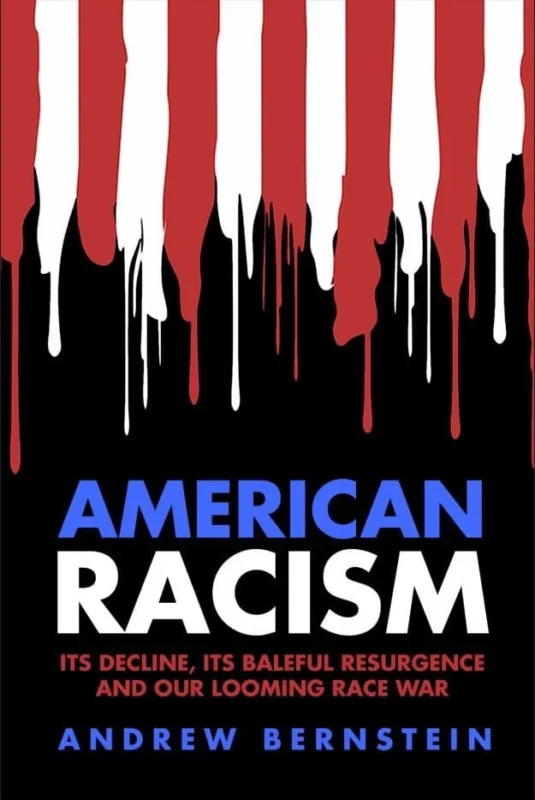The landmark case of Brown v. Board of Education was immediately about schools, even though it quickly became a precedent for outlawing racial segregation in other government-controlled institutions and programs.
What was the basis for that landmark decision and what have been the actual effects of Brown v. Board of Education on the education of black students?
The key sentence in the Brown decision was: “Separate educational facilities are inherently unequal.” It was not just that the previous “separate but equal” doctrine was not being followed in practice. Rather, the Supreme Court argued that there was no way to make separate schools equal: all-black schools were inherently inferior.
It so happened that, within walking distance of the Supreme Court where this sweeping pronouncement was made, there was an all-black high school that had produced quality education for more than 80 years. Back in 1899 this school outscored two out of three white high schools in Washington on standardized tests.
Today, in the 21st century, it would be considered Utopian even to hope for such a result. Moreover, this was not an isolated fluke. This same school had an average IQ of 111 in 1939 — fifteen years before the Supreme Court declared such things impossible.
Most schools for blacks were in fact inferior, mainly because most were in the South, where the educational standards for blacks and whites alike tended to be lower. Racial discrimination, as distinguished from segregation alone, tended to make black schools the worst of all.
This was not due to their being all black, however. Back in the early 1940s, the black schools in Harlem had test scores very similar to those in white working class neighborhoods on New York’s lower east side. Sometimes the Harlem schools’ scores were a little higher than those of schools on the lower east side, and sometimes they were a little lower, but these scores were always comparable.
In short, it was not segregation, as such, that made schools inferior. If this seems like hair-splitting, consider the consequences of the Supreme Court’s reasoning.
Once you say that racial separation makes the education itself inferior, you are launched on a course that leads straight to court-ordered busing of school children hither and yon to mix and match them racially, in hopes of educational improvement.
The polarization and bitterness of this crusade has lasted for decades — and has left black children still far behind educationally. Many are now much further below national norms than black students were in Harlem more than half a century ago.
Medical authorities have long recognized that a quack remedy that is harmless in itself can nevertheless be fatal in its effects, if it keeps sick people from getting the treatment that can cure them. Racial mixing and matching has been the great quack remedy for the educational lags of black school children that has substituted for higher standards and harder work.
Brown v. Board of Education did not prescribe compulsory busing for racial balance. But the logic of its argument led inexorably to that conclusion, whether that was the original intent or not.
More broadly, both the explicit language and the implicit assumptions of the Supreme Court in Brown depicted the answer to problems of blacks in general as being essentially the changing of white people. This was yet another line of reasoning that led straight into a blind alley.
Today, there are all-black schools that succeed, all-black schools that fail, and racially mixed schools that do either. Neither race nor racial segregation can explain such things. But both can serve as distractions from the task of creating higher standards and harder work.
The judicial mythology of racial mixing has led to an absurd situation where a white student can get into a selective public high school in San Francisco with lower qualifications than a Chinese American student. This farcical consequence of judicial mythology about a need for racial mixing does nothing to improve education for blacks or anyone else.










